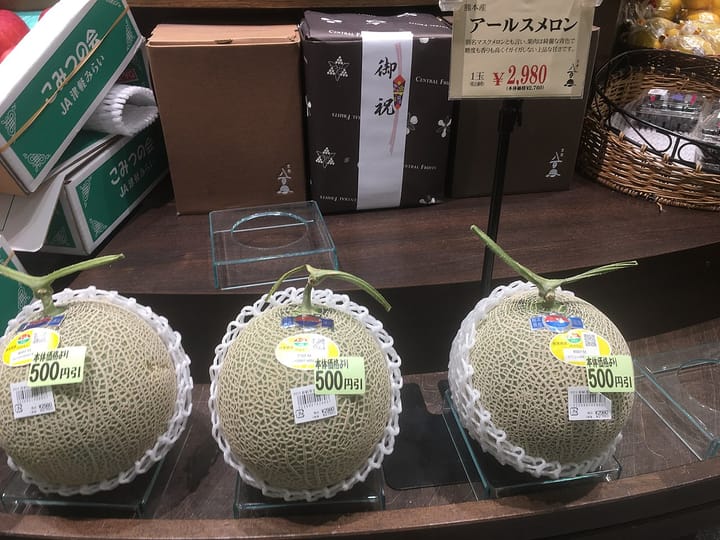
Chūgen: Celebrating the Midsummer Festival of Giving in Japan
In Midsummer, Japan celebrates Chūgen, a centuries-old festival of gratitude and gift-giving. Rooted in Buddhist traditions, Chūgen offers a window into Japanese culture and values, from its origins in honoring ancestors to modern exchanges of premium gifts like the prized Yubari King melon.





